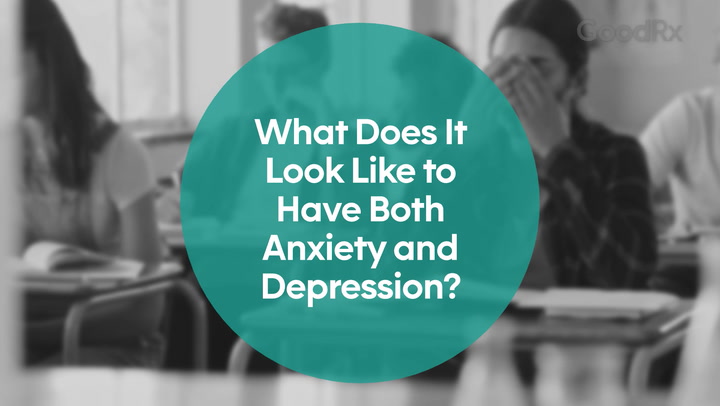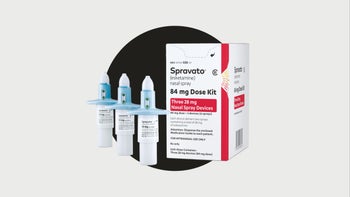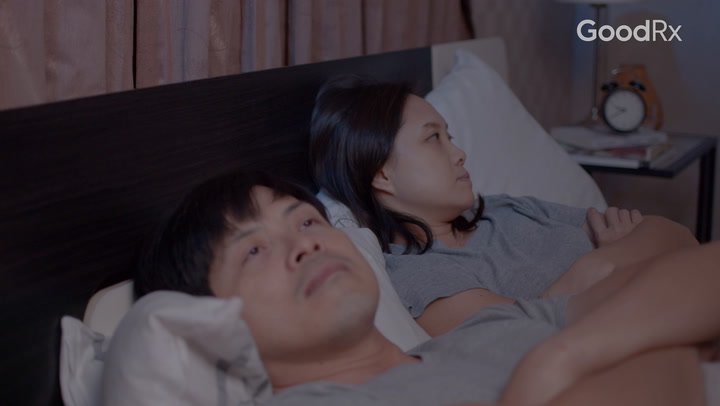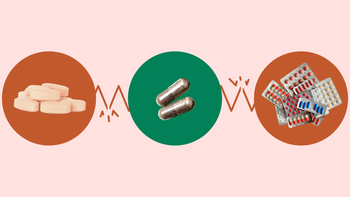
Are Your Intense Feelings Emotional Flashbacks? Here’s How to Tell — and How to Cope
Key takeaways:
Emotional flashbacks are a rush of intense emotions related to a past traumatic event that occur without any visual memories or images.
Coping with emotional flashbacks is a process and will take time, patience, and practice.
Getting the support of a trained mental health professional may be necessary to manage emotional flashbacks.

Living through a traumatic experience is difficult on its own. But sometimes, these experiences can cause people to relive them in their minds and bodies even after the trauma is over. Reliving a past experience like it is happening in the present is known as a flashback.
Flashbacks are often thought of as an image or a memory. But a flashback can also be a feeling that occurs without a visual component. These types of flashbacks are known as emotional flashbacks.
Read on to learn more about emotional flashbacks and how to cope with them.
Search and compare options
What are emotional flashbacks?
Emotional flashbacks are sudden rushes of intense emotions. The feelings experienced during an emotional flashback often include:
Fear
Shame
Despair
Sadness
Anger
A reminder of a past trauma usually triggers these intense emotions. Reminders or triggers can be smells, places, or similar experiences. Some triggers are easily identified, and some are more difficult to identify. Emotional flashbacks in particular may be triggered by implicit memories — memories you aren’t consciously aware of.
An emotional flashback may leave you feeling oversensitive, “crazy,” or even like something is wrong with you. You may also think self-hating thoughts such as “I am worthless” or “I am flawed and ugly.”
Emotional flashbacks can be a symptom of complex post-traumatic stress disorder (C-PTSD). C-PTSD is often a result of continued and repeated trauma. You may also experience emotional flashbacks if you have PTSD (post-traumatic stress disorder).
What’s an example of an emotional flashback?
An example of an emotional flashback may be a person feeling intense shame and embarrassment about making a mistake at work. Perhaps this intense reaction is really a reliving of the severe criticism and judgment they received from their caregivers during their childhood.
Read more like this
Explore these related articles, suggested for readers like you.
If the person does not recognize that they are having an emotional flashback, they may believe that the feelings of shame and embarrassment are just about their mistake at work. The person may then feel inadequate, useless, and stupid for their mistake.
How to identify an emotional flashback
According to Pete Walker, a licensed therapist and expert in complex trauma, some clues can help you identify an emotional flashback. These clues can include:
Feeling small, helpless, hopeless, or ashamed
Assuming that the worst will happen
Thinking in black-or-white terms
Having lots of self-criticisms
Being overly judgemental about others
Experiencing an increase in flight responses, such as workaholism, busyholism, consumerism, or sex and love addiction
Having an increase in freeze responses, like substance use, TV absorption, or compulsive eating
Noticing that your emotional reactions are out of proportion to the current situation
Using these clues and learning to identify them is an important part of the healing process.
How are emotional flashbacks different from other types of flashbacks?
All flashbacks are usually sudden and uncontrollable and feel like they are happening in the present moment. During a flashback, you may see an image or a memory of the past. During an emotional flashback, however, there is no visual aspect. The person experiencing the emotional flashback relives emotions created by past trauma.
All types of flashbacks may lead to feelings of helplessness or of being in danger. But an emotional flashback may be harder to identify. This is because the emotions felt during an emotional flashback do not bring up a memory when they occur. With only feelings to go on, it’s easy to mistake those emotions as a reaction to the present situation. But in fact, the current situation is a trigger of a past hurt with similar feelings.
What can you do to cope with flashbacks?
An important part of coping with flashbacks is to have patience and self-compassion. Another important step when coping with emotional flashbacks is to learn more about them and their causes.
Once you identify an emotional flashback, Walker recommends using his 13 steps of healthy flashback management:
Tell yourself that you are having an emotional flashback.
Remind yourself that you are safe.
Leave situations that make you uncomfortable.
Support and comfort your “inner child.”
Remind yourself that these feelings will go away and the flashback will end.
Remind yourself that you are an adult and have more resources to protect yourself than when you were a child.
Try to find a way to be present in your body. Breathing, relaxing your muscles, or using a comfort item or activity are all ways to help you connect to your body.
Resist your inner critic. List positive qualities about yourself, and set aside negative judgements about yourself.
Allow yourself to grieve the past traumatic experiences.
Work toward building healthy, supportive relationships with others, and seek support from trusted people.
Learn to identify things that trigger your flashbacks.
Figure out what you are flashing back to.
Be patient with yourself. Healing is a process that takes time.
Where can you get help to deal with flashbacks?
If you are looking for support to deal with emotional flashbacks, you may find it helpful to work with a trained professional. A therapist can help you better understand your flashbacks. They can help you learn to cope with flashbacks when they occur and heal from the past hurts that contribute to them.
To find a trained professional, speak with your healthcare provider, and ask for a referral to a mental health professional. You can also contact SAMHSA’s National Helpline at 1-800-662-4357 to locate treatment resources in your area.
The bottom line
Emotional flashbacks can be scary and overwhelming when you don’t know what they are. Identifying when you are in a flashback and challenging your thoughts during and after a flashback can help you cope with them. Learning to cope with flashbacks may take time. It may help to find a trained mental health professional to support you on your healing journey.
Why trust our experts?



References
Brewin, C.R. (2015). Re-experiencing traumatic events in PTSD: new avenues in research on intrusive memories and flashbacks. European Journal of Psychotraumatology.
Damis, L.F. (2022). The role of implicit memory in the development and recovery from trauma-related disorders. NeuroSci.
Rape, Abuse, & Insest National Network. (n.d.). Flashbacks.
Substance Abuse and Mental Health Services Administration. (2022). SAMHSA’s national helpline.
Walker, P. (n.d.). Frequently asked questions about complex PTSD.
Walker, P. (2005). Flashback management in treatment of complex PTSD.
For additional resources or to connect with mental health services in your area, call SAMHSA’s National Helpline at 1-800-662-4357. For immediate assistance, call the National Suicide Prevention Lifeline at 988, or text HOME to 741-741 to reach the Crisis Text Line.



























